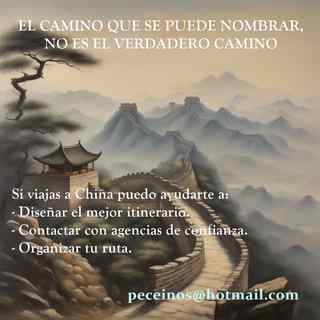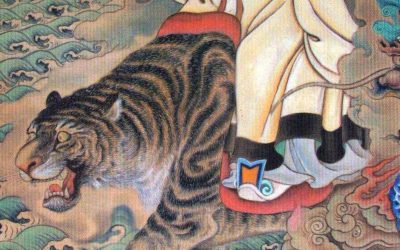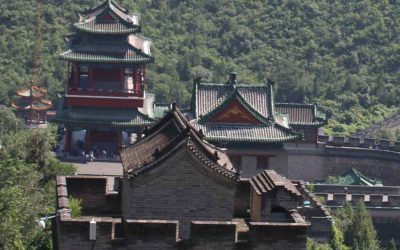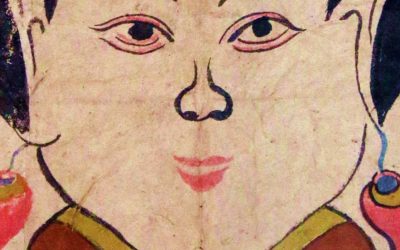Peter Harvey. Buddhism: Teachings, History and Practices. Cambridge University Press. 2013.
(Excerpts from the book. Page 11 and ff.)
In its origin, Buddhism was a Samana-movement. Samanas were wandering ‘renunciant’ thinkers who were somewhat akin to the early Greek philosophers and mystics. The Samanas rejected the Vedic tradition and wandered free of family ties, living by alms, in order to think, debate and investigate. The main Samana groups of Buddha’s time were:
JAINS
Jainism was founded, or at least led in the Buddha’s day, by Vardhamāna the Mahāvīra, or ‘Great Hero’. It teaches that all things, even stones, are alive, each containing a Jīva, or ‘Life-principle’. These are seen as individually distinct, rather like the Western idea of a ‘soul’ but unlike the universal Ātman of the Upanisads, and to be naturally bright, omniscient and blissful. The aim of Jainism is to liberate one’s Jīva from the round of rebirths by freeing it from being weighed down by an encrustation of karma, seen as a kind of subtle matter. The methods of doing so are primarily austerities such as fasting, going unwashed and pulling out the hair, so as to wear out the results of previous karma, and self-restraint, total non-violence to any form of life, and vegetarianism, so as to avoid the generation of new karma. The free-will of the Jīva is emphasized, though even actions such as unintentionally killing an insect are held to generate karma.
AJIVIKAS
Their founder was Makkhali Gosāla (Skt Maskarin Gośāla). Gosāla’s key doctrine was that niyati, or impersonal ‘destiny’, governed all, such that humans had no ability to affect their future lives by their karma: actions were not freely done, but were determined by niyati. Gosāla thus believed in rebirth, but not in the principle of karma as that which regulates the level of a person’s rebirth. The ‘Life-principles’ of living beings are driven by niyati alone through a fixed progression of types of rebirths, from a low form of animal to an advanced human who becomes an Ājīvika ascetic. The Ājīvikas practised rigorous asceticism such as fasting, nakedness and perhaps also disfiguring initiations, and aimed to die by self-starvation (as Vardhamāna in fact did), as a fitting way to end their last rebirth.
MATERIALISTS
The Materialists’ aim was to lead an abstemious, balanced life which enjoyed simple pleasures and the satisfaction of human relationships. They denied any kind of self other than one which could be directly perceived, and held that this was annihilated at death. They therefore denied the idea of rebirth, and also those of karma and niyati. Each act was seen as a spontaneous event without karmic effects, and spiritual progression was not seen as possible.
SKEPTICS
The Skeptics responded to the welter of conflicting theories on religious and philosophical issues, and the consequent arguments, by avoiding commitment to any point of view, so as to preserve peace of mind. They held that knowledge on such matters was impossible, and would not even commit themselves to saying that other people’s views were wrong. The Buddha saw this evasive stance as ‘eelwriggling’, though he shared the wish to step aside from the ‘jungle’ of conflicting views, and avoid dogmatic assertions built on flimsy grounds.
More posts on Chinese culture
Ceremonias en el Templo del Cielo al final del gobierno imperial
Selecciones de la descripción de Henry Blodget[i] El altar del Cielo, Tian Tan 天坛, está situado en el suburbio sur de Pekín, a cuatro km del palacio del emperador. El altar a la Tierra, Di Tan 地坛, está en el suburbio norte, a unos tres km del palacio. Esta ubicación...
Tigre chamán en las minorías del Nordeste
ntre las minorías del nordeste de China, donde el chamanismo se ha conservado con más pureza, el tigre sigue siendo venerado como una de sus más poderosas deidades. Hay noticias de que los pueblos de lenguas tungús (oficialmente pertenecientes a las minorías manchú,...
Una teoría china de la evolución
En un principio toda la material era transparente, difusa y sin diferenciación. En ella habitaban los poderes duales sutiles, etéreos y eternos; siendo uno de ellos viril, cálido, radiante y activo y el otro femenino, frío, sombrío e inactivo. Los poderes recíprocos...
Las primeras murallas en China
Fragmento de Historia mínima de China. Pedro Ceinos Arcones. Miraguano, 2018. Desde el surgimiento del poder político basado en las primeras confederaciones de aldeas, los dirigentes chinos utilizaron de forma masiva la mano de obra para ir consiguiendo mejoras en la...
Legends of the Mother Goddess: Intro
From Leyendas de la Diosa Madre. Pedro Ceinos Arcones. Miraguano, 2007. Anyone who approaches the literature of the minorities of Southern China will discover numerous works where the leading role is played by a female goddess or deity. Whether dedicated to the...
Leyendas de la Diosa Madre: Introducción
Introduccion de Leyendas de la Diosa Madre. Pedro Ceinos Arcones. Miraguano, 2007. Cualquier persona que se acerque a las literaturas de las minorías del sur de China, descubrirá numerosas obras donde el papel protagonista lo desempeña una diosa o deidad femenina. Ya...
More posts on China ethnic groups
Ceremonias en el Templo del Cielo al final del gobierno imperial
Selecciones de la descripción de Henry Blodget[i] El altar del Cielo, Tian Tan 天坛, está situado en el suburbio sur de Pekín, a cuatro km del palacio del emperador. El altar a la Tierra, Di Tan 地坛, está en el suburbio norte, a unos tres km del palacio. Esta ubicación...
Tigre chamán en las minorías del Nordeste
ntre las minorías del nordeste de China, donde el chamanismo se ha conservado con más pureza, el tigre sigue siendo venerado como una de sus más poderosas deidades. Hay noticias de que los pueblos de lenguas tungús (oficialmente pertenecientes a las minorías manchú,...
Una teoría china de la evolución
En un principio toda la material era transparente, difusa y sin diferenciación. En ella habitaban los poderes duales sutiles, etéreos y eternos; siendo uno de ellos viril, cálido, radiante y activo y el otro femenino, frío, sombrío e inactivo. Los poderes recíprocos...
Las primeras murallas en China
Fragmento de Historia mínima de China. Pedro Ceinos Arcones. Miraguano, 2018. Desde el surgimiento del poder político basado en las primeras confederaciones de aldeas, los dirigentes chinos utilizaron de forma masiva la mano de obra para ir consiguiendo mejoras en la...
Legends of the Mother Goddess: Intro
From Leyendas de la Diosa Madre. Pedro Ceinos Arcones. Miraguano, 2007. Anyone who approaches the literature of the minorities of Southern China will discover numerous works where the leading role is played by a female goddess or deity. Whether dedicated to the...
Leyendas de la Diosa Madre: Introducción
Introduccion de Leyendas de la Diosa Madre. Pedro Ceinos Arcones. Miraguano, 2007. Cualquier persona que se acerque a las literaturas de las minorías del sur de China, descubrirá numerosas obras donde el papel protagonista lo desempeña una diosa o deidad femenina. Ya...






